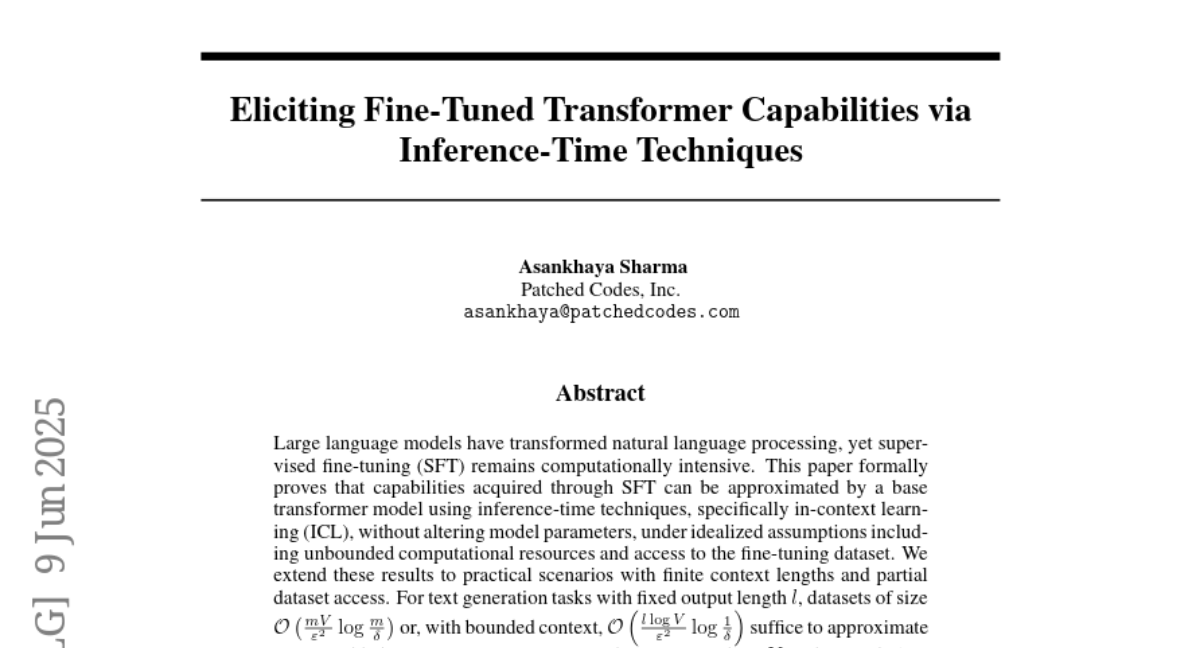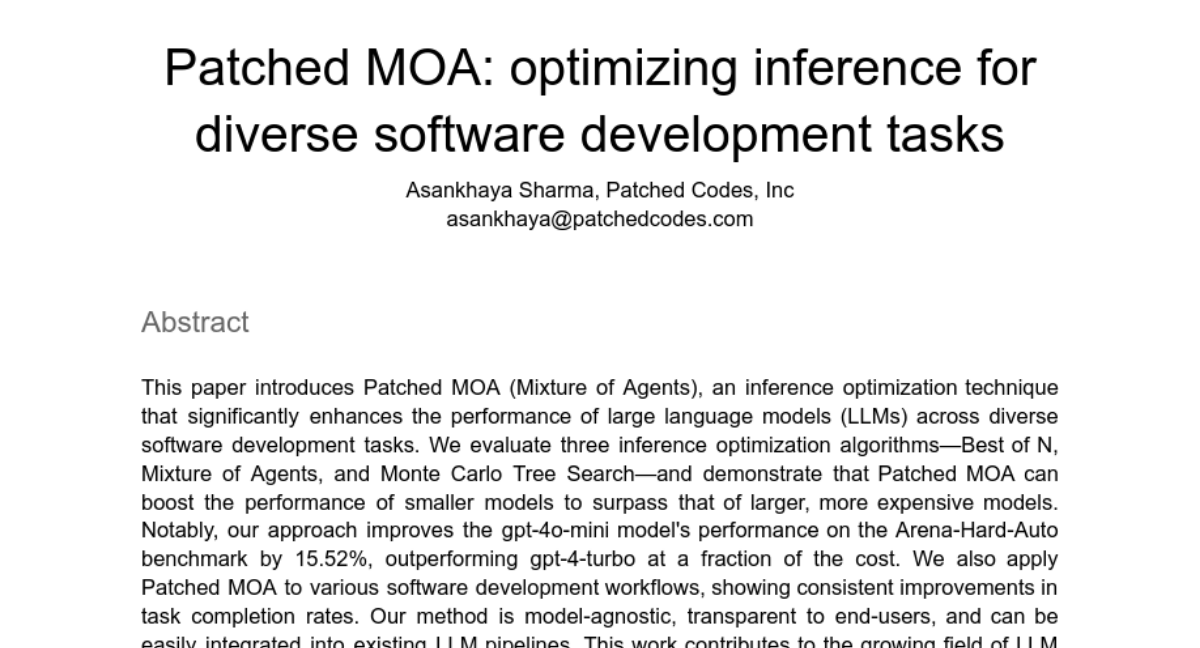Post
315
Over 40 percent of AI-generated code contains security vulnerabilities. We recently worked on a LoRA to write secure code by default using automated Semgrep analysis and GRPO, achieving 97 percent reduction in vulnerabilities without requiring security-specific prompts.
Technical Approach:
Automated security training pipeline combining Semgrep vulnerability detection with preference learning. Generate multiple solutions with varying security awareness, automatically analyze for vulnerabilities, create preference pairs based on security scores, train using GRPO with multi-factor scoring.
Scoring System (100 points total):
- Functionality: 40 points - Does the code work correctly
- Security patterns: 40 points - Uses secure coding practices
- Low vulnerabilities: 20 points - Semgrep score below threshold
This balanced scoring prevents reward hacking where models generate empty functions to avoid vulnerabilities.
Real Transformation Examples:
Database query before:
query = f"SELECT * FROM products WHERE name = '{name}'"
Database query after:
query = "SELECT * FROM products WHERE name = ?"
db.execute(query, (name,))
Password hashing before:
password_hash = hashlib.md5(password).hexdigest()
Password hashing after:
salt = bcrypt.gensalt(rounds=12)
password_hash = bcrypt.hashpw(password.encode('utf-8'), salt)
Model: codelion/Qwen2.5-Coder-0.5B-Instruct-security-grpo-lora
Notebook: https://github.com/codelion/ellora/blob/main/Ellora_Recipe_5_Secure_Code_Generation_LoRA.ipynb
Repository: https://github.com/codelion/ellora
Technical Approach:
Automated security training pipeline combining Semgrep vulnerability detection with preference learning. Generate multiple solutions with varying security awareness, automatically analyze for vulnerabilities, create preference pairs based on security scores, train using GRPO with multi-factor scoring.
Scoring System (100 points total):
- Functionality: 40 points - Does the code work correctly
- Security patterns: 40 points - Uses secure coding practices
- Low vulnerabilities: 20 points - Semgrep score below threshold
This balanced scoring prevents reward hacking where models generate empty functions to avoid vulnerabilities.
Real Transformation Examples:
Database query before:
query = f"SELECT * FROM products WHERE name = '{name}'"
Database query after:
query = "SELECT * FROM products WHERE name = ?"
db.execute(query, (name,))
Password hashing before:
password_hash = hashlib.md5(password).hexdigest()
Password hashing after:
salt = bcrypt.gensalt(rounds=12)
password_hash = bcrypt.hashpw(password.encode('utf-8'), salt)
Model: codelion/Qwen2.5-Coder-0.5B-Instruct-security-grpo-lora
Notebook: https://github.com/codelion/ellora/blob/main/Ellora_Recipe_5_Secure_Code_Generation_LoRA.ipynb
Repository: https://github.com/codelion/ellora



